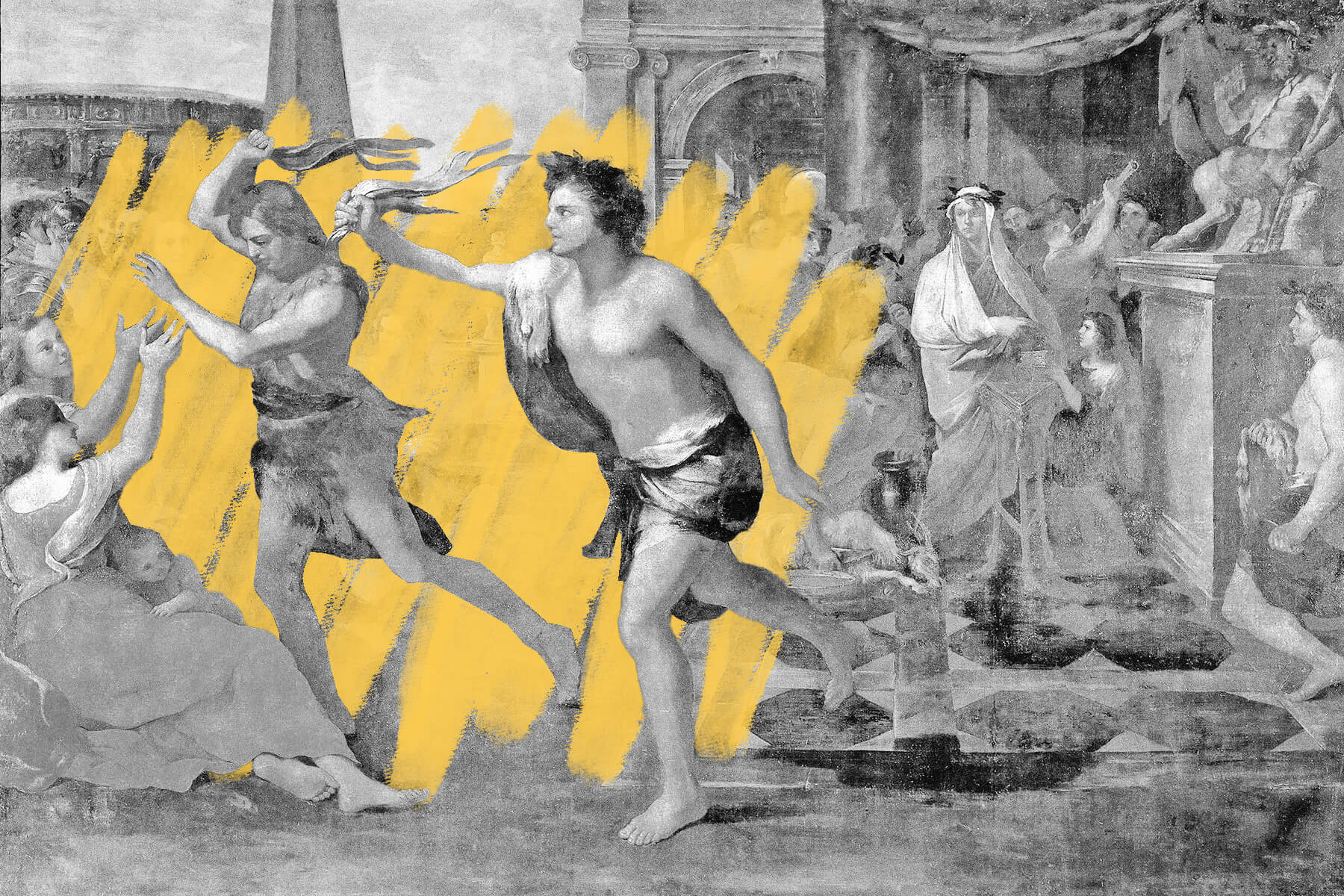Ancient Romans celebrated a fertility holiday on February 15.
It’s often speculated that Valentine’s Day has its roots in the ancient Roman festival of Lupercalia, and it’s not hard to see why. Lupercalia was observed on February 15, and involved fertility rituals — albeit along with animal sacrifice and ritual whipping. Yet the link between this pagan festival and the Christian feast day that morphed into our modern ode to love and romance is murky, and indeed may be little more than coincidence.
At its peak, Lupercalia — which dates back to at least the sixth century BCE, predating Christianity by centuries — was a really wild time. A group of nude Roman priests kicked off the events in Lupercal Cave at the bottom of Palatine Hill with the sacrifice of a dog and at least one goat. They painted themselves in the blood and wiped it off their skin with milk-soaked wool, then cut strips of goat hide and whipped women on the hands with them to promote fertility.
As time went on, Lupercalia mellowed out, and the nudity dramatically subsided. Yet it was still too much for Pope Gelasius I, who forbade participation in the festival at the end of the fifth century CE. One common theory is that he supplanted the pagan festival with St. Valentine’s Day, also known as the Feast of St. Valentine, though recent historians have shed doubt on that claim. For one thing, St. Valentine, a third-century Christian martyr, had no connection to love or romance. In fact, the holiday didn’t get its modern association until Geoffrey Chaucer wrote a poem linking St. Valentine’s Day and mating season in the 14th century, some 900 years after the holiday was established.







